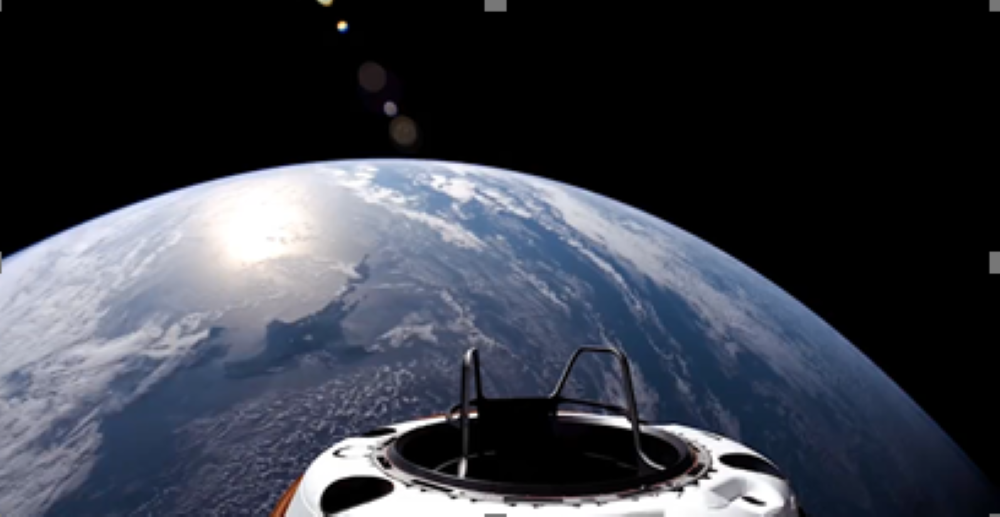
The SpaceX Crew Dragon flying the privately funded Polaris Dawn mission reached an apogee of 870.4 mi., breaking Gemini 11’s 1966 record.
Following last week’s return of Boeing’s CST-100 Starliner from the International Space Station (ISS), NASA and its partners in the 15-nation program kicked off a series of crew ferry flights that set the stage for the upcoming Expedition-72 increment.
With the arrival of Soyuz MS-26 carrying Russian cosmonauts Aleksey Ovchinin and Ivan Vagner and veteran NASA astronaut Donald Pettit, the crew aboard the ISS swells to 12. The Soyuz MS-26 crewmembers replace cosmonauts Oleg Kononenko and Nikolai Chub and NASA’s Tracey Caldwell-Dyson, who are due to return to Earth on Sept. 24 to complete the Soyuz MS-25 mission.
That same day, a SpaceX Falcon 9 rocket is scheduled to launch a two-member SpaceX Crew-9 team to the ISS. NASA’s Nick Hague and Russia’s Aleksandr Gorbunov will be joined by former Starliner astronauts Barry “Butch” Wilmore and Sunita Williams, who were transferred to the ISS crew after NASA pulled them from the Starliner Crew Flight Test due to safety concerns with the vehicle’s propulsion system. Wilmore and Williams are to return to Earth with Crew-9 in February. The pair are scheduled to talk to reporters during a space-to-ground press conference at 2:15 pm. Sept. 13.
Elsewhere in low Earth orbit, the privately funded Polaris Dawn mission is underway, with the first nongovernment spacewalk planned for Sept. 12. Commanded and bankrolled by pilot and entrepreneur Jared Isaacman, the SpaceX Crew Dragon hosting the mission reached an apogee of 870.4 mi., breaking Gemini 11’s 1966 record for highest apogee of a crewed spacecraft in Earth orbit.
Following the Polaris Dawn launch on Sept. 10, SpaceX was preparing to send the first five operational satellites into 311-mi.-high, 53-deg.-inclination operational orbits for AST Mobile, which aims to provide seamless satellite connectivity to existing cellphone services. Launch from Cape Canaveral SFS was planned for Sept. 12.
The Polaris Dawn launch also cleared Launch Complex 39A at Kennedy Space Center for preparations for a Falcon Heavy mission to send NASA’s Europa Clipper spacecraft to Jupiter during a narrow planetary window that opens on Oct. 10.
Space Ops is a new, regular feature of Aviation Week’s Space Digest highlighting the increasing number and diversity of operations in Earth orbit and beyond by civilian, commercial and military entities worldwide. If you're not already signed up to the Space Digest, you can do so here





